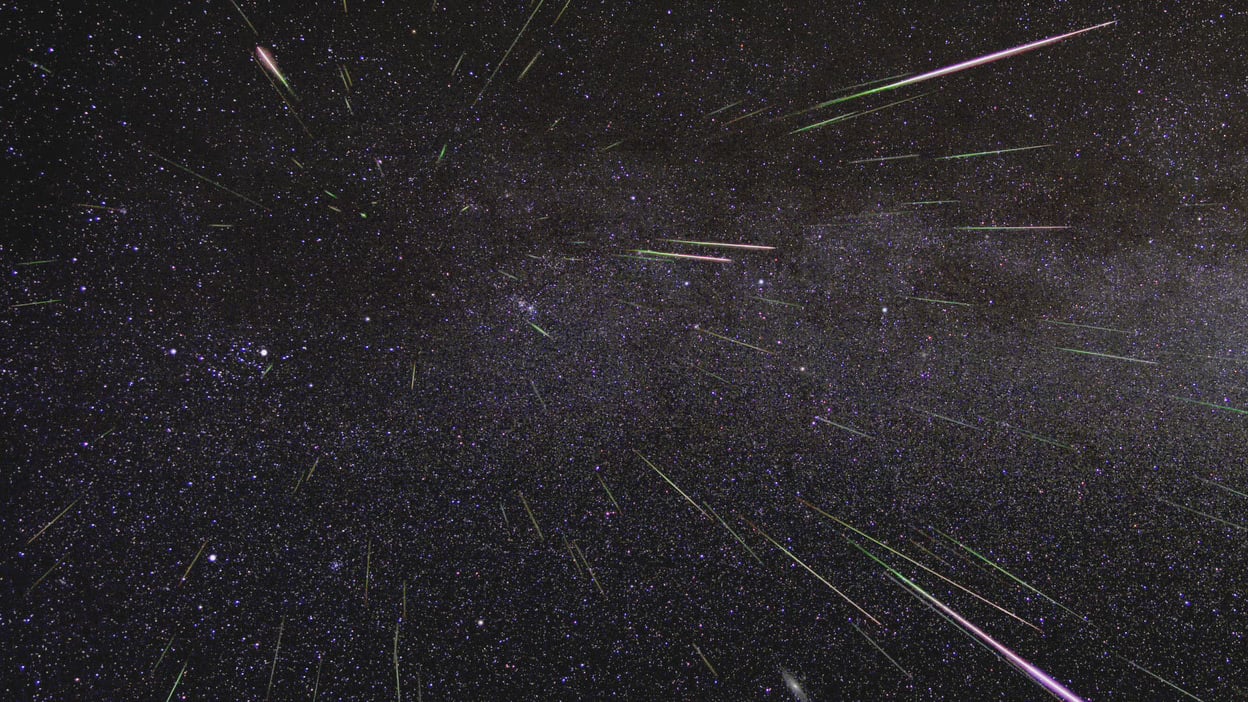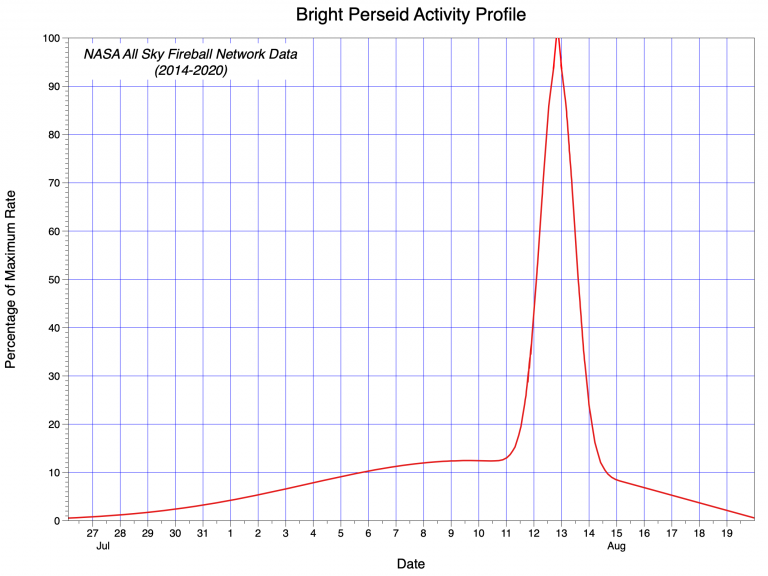
Mark your calendars! It is once again time for the world's biggest and most spectacular meteor showers. The Perseids have been flashing in the night skies at a rate of about a dozen an hour since mid-July. However, the number of meteors will sharply escalate in the coming week. Though the meteors will peak the night of August 11, 2021, they will be visible on the days before and after as well.
The best viewing hours will be from midnight (local time) on August 11 to the early hours of Aug 12, 2021. About 60 to 100 meteors will spark across the sky every hour during this time. The Moon will be below the horizon for most of the night. This will make it easy to view even the dimmer meteors.

Stargazers are advised to settle in a dark area where the sky's entire dome is visible and be patient. It takes the eye between 10 and 15 minutes to get used to the dark skies and just as long to see a flashing meteor. Also, leave the telescopes and binoculars at home. The natural fireworks are best viewed with your bare eyes. Most importantly, don't forget to make a wish or two!
Though often called "shooting" or "falling" stars, meteors are cosmic dust and dirt particles left behind by comets traveling through the area. When the debris collides with the Earth's atmosphere at high speeds, it burns. This results in a flash that resembles shiny stars hurtling across the skies, or what we call meteors.

The Perseids get their name from the constellation Perseus, from where they appear to spurt. They are the trail of dust left behind by the Comet Swift-Tuttle as it zips past Earth during its 133-year-long orbit around the Sun. The comet's next visit will not be until 2126. However, the debris shed over the past 1000 years is enough to guarantee an annual meteor shower.
The Perseids' consistently impressive performance can be attributed to Earth passing close to the center of the comet's debris stream every August. This is where the dust is thickest. The meteors are visible worldwide. However, due to Swift-Tuttle's orbital pattern, the best views are reserved for Northern Hemisphere residents.
Besides being the most reliable of all meteor showers, the Perseids also produce the highest number of fireballs. These meteors are as bright as Jupiter and Venus. NASA scientists have nicknamed the Perseids the "fireball champions." They believe the dazzling meteors are a result of Swift-Tuttle's massive, 16-mile-wide (26-km-wide) nucleus. The experts suspect the comet leaves behind hundreds of meteoroids, many of which are large enough to produce fireballs.
Resources: amsmeteors.org, NASA.gov
